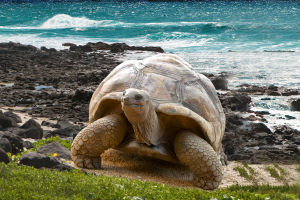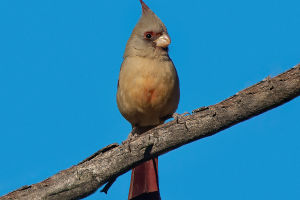Camels are known for their remarkable survival skills in extreme environments, particularly in deserts with scorching heat and freezing cold.
They have been domesticated for thousands of years, dating back to around 30,000 BC, to help with transportation and carrying goods through such harsh climates. Over time, they have earned the title of the "Ships of the Desert," due to their indispensable role in desert life.
In different parts of the world, camel herders have relied on camels for sustenance, using camel milk and even camel blood as food. Historically, camels have been essential not only for transportation but also for defensive purposes. Today, they are revered as symbols of endurance, adaptability, and resilience.
Species of Camels
The Camelus genus includes several species, among which the most well-known are the dromedary and the Bactrian camel.
- Dromedary Camel (Camelus dromedarius) – the single-humped camel
- Bactrian Camel (Camelus bactrianus) – the double-humped camel
- Wild Bactrian Camel (Camelus ferus) – found in China and Mongolia
Each species has its own unique traits, adapted to different environments. The Bactrian camel, with its double knobs, thrives in cold climates, while the single-humped dromedary is more suited for hot desert areas.
Feeding Camels
Dromedary Camels: These camels, with short hair, primarily live in tropical regions like Northeast Africa, Western Europe, and India. They are well-known for their milk and even blood consumption in some cultures. There are around 14 million domesticated dromedaries worldwide. In the late 19th century, Australia imported dromedaries for transportation purposes, but today, most are no longer used for labor and are instead exported to the Middle East.
Bactrian Camels: These camels have long fur, making them highly resistant to cold weather. They are found in Central Asia, China, and Mongolia. With a population of approximately 1.5 million, these camels have also been used for transportation. In recent years, there has been growing concern for the wild Bactrian camel, which is critically endangered. These wild camels, found in the Taklamakan Desert, are considered a unique subspecies with only around 10,000 individuals remaining.
Ecology and Lifespan
Camels are incredible creatures, with an average lifespan ranging from 40 to 69 years. Adult camels stand about 1.85 meters (6 feet 1 inch) tall at the shoulder and can reach 2.15 meters (7 feet 1 inch) at the knobs. When sprinting, camels can run at speeds up to 65 km/h (40 mph), and their endurance allows them to travel at a speed of 40 km/h (25 mph) over long distances.
Camels can eat a variety of plant matter, including tough plants like cacti, thanks to their resilient lips and mouth structure. Male dromedaries also have a unique structure called a "dulla" in their throat, which inflates during mating season to attract females. This structure is long, swollen, and pink in color and can be seen protruding from the side of their mouth.
Interesting Facts About Camels
1. Camels are the only hoofed animals that mate in a sitting position.
2. A male camel can release seminal fluid multiple times during a single mating session.
3. Bactrian camels have two layers of fur: a warm undercoat and a rough outer coat. This wool is collected annually and processed into textiles, resembling cashmere in texture. A Bactrian camel can produce about 7 kg (15 lbs) of wool per year.
Conservation Concerns
With the rise of mechanization, the role of camels as work animals has diminished, leading to a decrease in their population. Many species, especially wild Bactrian camels, are now endangered. The Chinese government has established nature reserves to protect these wild camels, aiming to preserve their existence for future generations.
Final Thoughts
Camels are more than just animals—they represent endurance, adaptability, and incredible strength. Their significance in human history, especially in desert cultures, cannot be overstated. As their numbers dwindle due to modern advancements, it becomes even more essential for us to come together and protect these remarkable creatures and their habitats.
If you're captivated by these desert survivors, let’s unite to explore ways to preserve them for future generations!
Lykkers, let’s keep raising awareness and showing appreciation for these incredible camels!
A Camel's Love Sac | 4K UHD | Mammals | BBC Earth
video by BBC Earth


